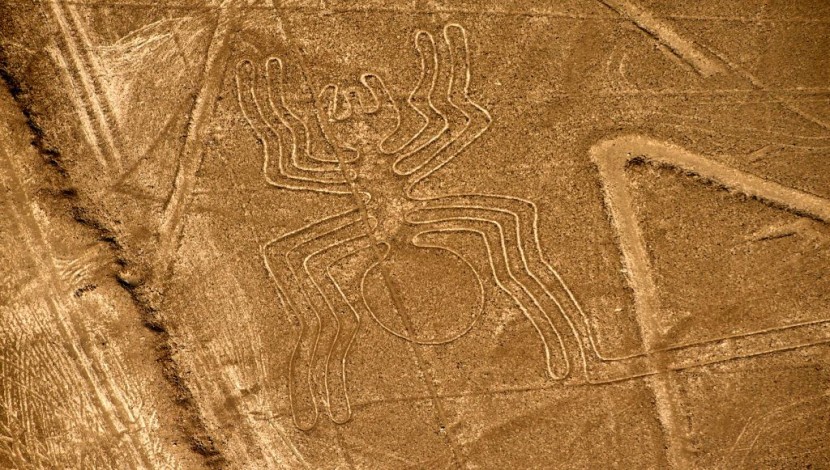
A 4,000-year-old bull geoglyph in Russia, Siberia, threatens to upturn the recent prehistory of civilization compared to Nazca Lines in Peru and White Horse monuments in England. A blind spot existed with a large gap when it was carbon-dated. For many, it's another age that is largely unknown till further research.
The geoglyph is about two times older than the Nazca Lines in Peru and one thousand years more than the Chalk-lined White Horse at Uffington. Finding evidence to push the haze should rewrite such points in prehistory.
Geoglyphs are attached to notions of spiritual or religious meaning, and they are enigmatic structures that can be seen from the air only.
Huge bull geoglyph discovered in Tuva
The vast ground marking forms the image of a bull, which measures about 10 feet by 13 feet long, made with pebbles and sandstone to create it, reported the Daily Mail.
It was discovered at Khondergey, in the southwest of Tuva, near the Russian-Mongolian border, where it is a part of a burial site. The old marking is thought to come from the Bronze Age.
Archeologists from the Russian Academy of Sciences' Institute of the History of Material Culture say this is the first animal type geoglyph seen in Central Asia.
Marina Kilunovskaya, who heads the Tuva Archaeological Expedition, told The Siberian Times several things about the project.
She added that the bull is a typical image used in the Early Bronze Era by many civilizations of Central Asia. But in the Scythian era, it was a deer, not a bull.
Kilunovskaya states that until discovering these rock carvings (petroglyphs) in the region, it was largely unnoticed until recently as a sample of animal geoglyphs. Finding like the 4,000-year-old bull Geoglyph in Russia add to the mystery of the murky past of civilization.
She added that only half of the bull's back is prominent. Ignorance caused its destruction in the 1940s.
Geoglyphs mysteriously scattered all over the globe!
All over the world, these geoglyphs are seen and are of different ages. Peruvian Nazca Lines and the White Horse in Britain are the nearest in age to Russian find. Another marking is the Blythe Intaglios cut into the Colorado desert, near Blythe in California, which is not as old as 900 to 1200 B.C. when dated.
Another is the Cerne Abbas Giant in Dorset, England, of a nude figure of a man precisely 180-feet tall. A geoglyph is a naked man brandishing a massive club and displaying an enormous phallus. It was dug in by two feet deep and crushed chalk to fill in the lines.
Aside from the Tuva Bull, another moose, this time, is seen from above in Chelyabinsk. The great geoglyph of a moose also called an elk, is 1,100 miles from Tuva, scratched in the Zyuratkul Mountains, cited Sky News.
The size of the marking is about 902 feet long, first detected with satellite pictures. Researchers found tools made of stone nearby that show children helped to make it the geoglyph. Stanislav Grigoryev, a senior researcher from the Chelyabinsk History and Archaeology Institute, remarked no forced slaves were there, but rather it was a communal task.
In 2014, dozens of 50 geoglyphs of various shapes and sizes, including a massive Swastika, were discovered across northern Kazakhstan. The 4,000-year-old bull Geoglyph in Russia could be one of the oldest.
© 2026 HNGN, All rights reserved. Do not reproduce without permission.








